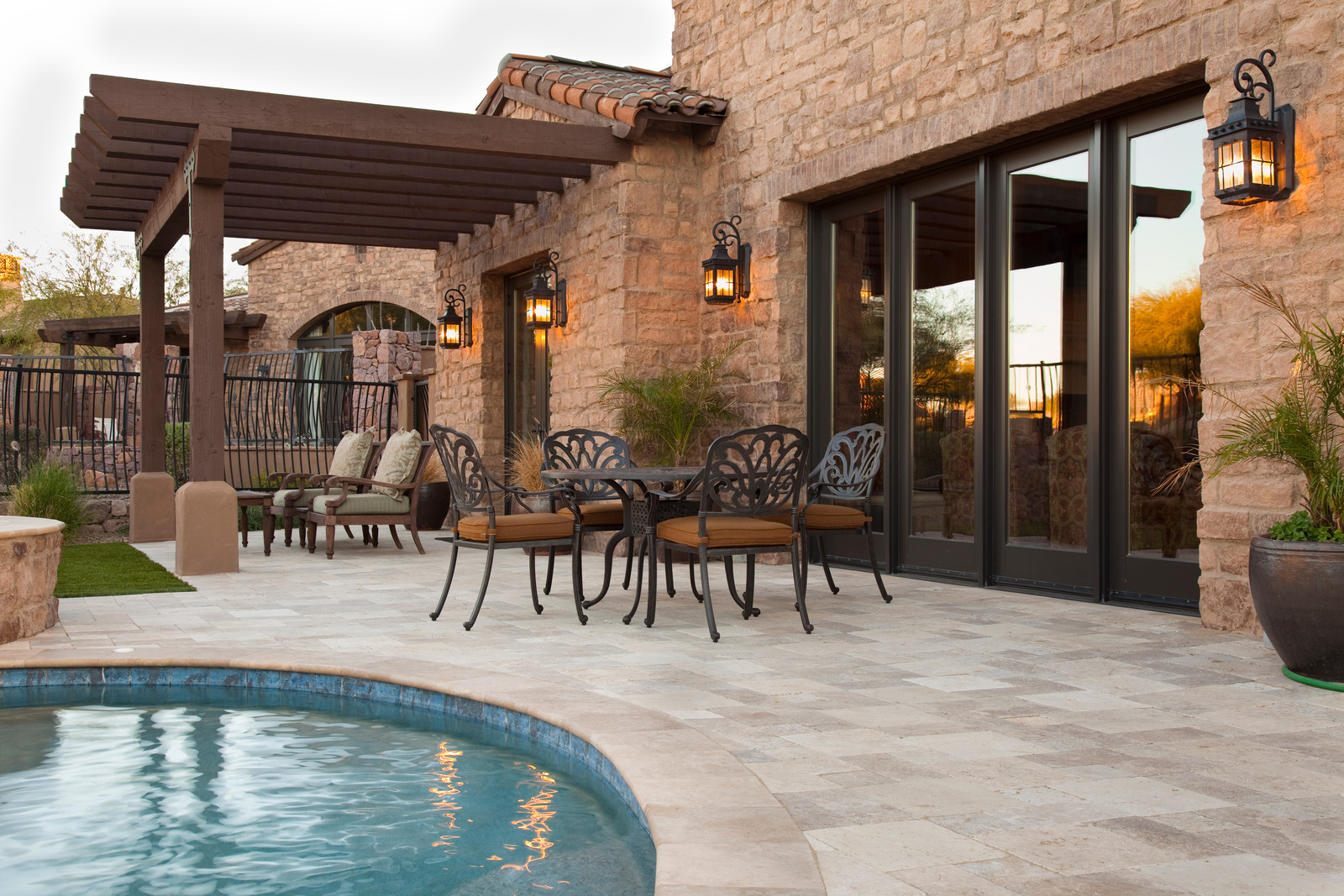If the home you own/want to buy was built between the late 1980s and mid-2000s, there is a risk that it may be a leaky building. We use the term ‘leaky building’ because the problem is also found in apartments. These buildings can be very expensive to fix, so it’s important to get as much information as you can before making any decisions.
A leaky building is one where moisture gets between the exterior cladding of the house and the inside walls. If there’s no way for the water to drain out because of a lack of drainage and ventilation between the cladding and the framework, the water becomes trapped. The walls can potentially rot and dangerous fungus can grow, causing structural problems for the building and health problems for those who live there.
Houses identified as having a high risk of leaking are those built in the Mediterranean style (without eaves and with flat roofs), using monolithic cladding systems. They usually feature textured wall surfaces made out of plaster over polystyrene or fibre-cement sheet. Buildings built with this sort of cladding between the late 1980s and the mid-2000s need to be inspected thoroughly.
Unfortunately, other styles of buildings can suffer from weather-tightness issues if good building practices haven’t been followed or the materials used are defective. Make sure your checks are thorough.
The diagram below indicates high risk areas for water ingress.

Leaky Home Checklist
If you already have a home with monolithic cladding these are the things you should look out for when doing routine maintenance:
Interior
– Black spotted mould on inside walls or ceilings (mould may also form on walls and ceilings because of internal moisture).
-Swollen architraves or MDF skirtings.
-Stained timber window or door trims.
-Stained carpet.
-A general feeling of dampness next to doors or below windows.
Exterior Cladding
Pay particular attention to corners and junctions in the cladding. Remember monolithic cladding relies on the paint coating to keep your home weathertight.
Look for paint that has:
Cracks.
Worn areas.
Surface bubbling.
Ridging.
Peeling.
Any signs of lifting or de-lamination.
Thin or transparent areas, particularly on exposed corners.
Penetrations to walls
Check around the meter box and any pipes penetrating the wall cladding to ensure they are flashed or sleeved.
Decorative features must not penetrate the cladding and all fixings should be sealed.
Check where fascias and gutters meet a wall surface. The paint finish should be continuous behind the end of the gutter and the roof junction should be flashed.
This list is not exhaustive, if you need a second opinion or are thinking of recladding your home – get in touch with us today. We are Reclad specialist and can provide a step by step plan to a successful reclad.







